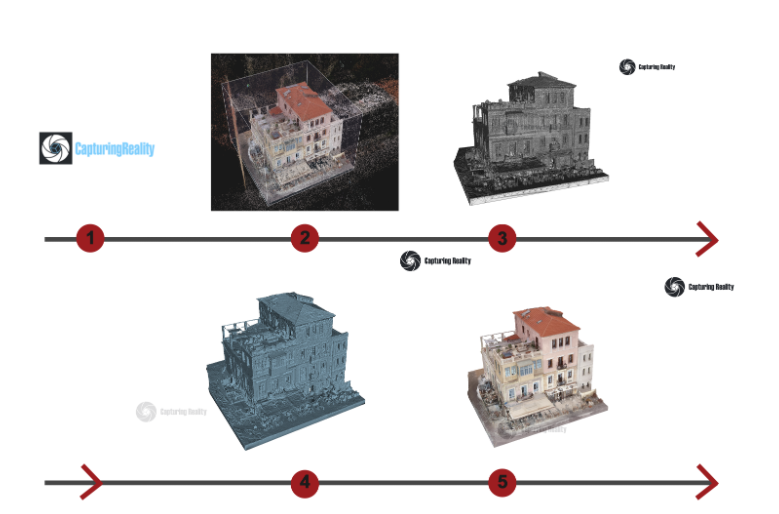CULTURAL HERITAGE
Combining SfM With IPS

Combining Indoor Positioning Systems (IPS) with Structure from Motion (SfM) 3D Point Clouds in Cultural Heritage
PANAGIOTIS PARTHENIOS, PhD, Technical University of Crete, Greece
ANNA KARAGIANNI, Technical University of Crete, Greece
ANGELIKI CHRISTAKI, SOFIA MAVROUDI, MARILENA MOCHIANAKI KARAMPATZAKI, EVANGELOS NITADORAKIS and IOANNIS ROUSOGIANNAKIS, Technical University of Crete, Greece
The benefits of using Geographic Information Systems in archaeology and cultural heritage are undeniable and the use of spatial data has been crucial in shaping a wide number of research fields. Nevertheless, the transition from Geographic Information Systems (GIS) to Indoor Positioning Systems (IPS) has not been adequately studied, despite the very promising uses of IPS in cultural heritage. This paper describes research conducted at the Digital Media Lab, Technical University of Crete. The use of an Indoor Positioning System (IPS) is being tested on a monument in Crete, Greece, in combination with a 3D Point Cloud obtained by Structure from Motion (SfM) Techniques. The selected monument under study is located at the seafront of the 700 years old Venetian harbor of Chania and used to be the private residence of Ambassador R. Krueger who built it on 1890. The goal is to examine whether 2D data produced by IPS can be enhanced with 3D data from SfM in order to provide an enriched experience of navigation and personalized services customized to each user’s needs. Moreover, valuable insights for improving the architectural configuration of the monument’s interior can be extracted by documenting the exact position of each user in space in real time. Software used is Indoor Atlas for IPS and RealityCapture for SfM. The study was accomplished without the use of any hardware sensors – no beacons and no Bluetooth.




